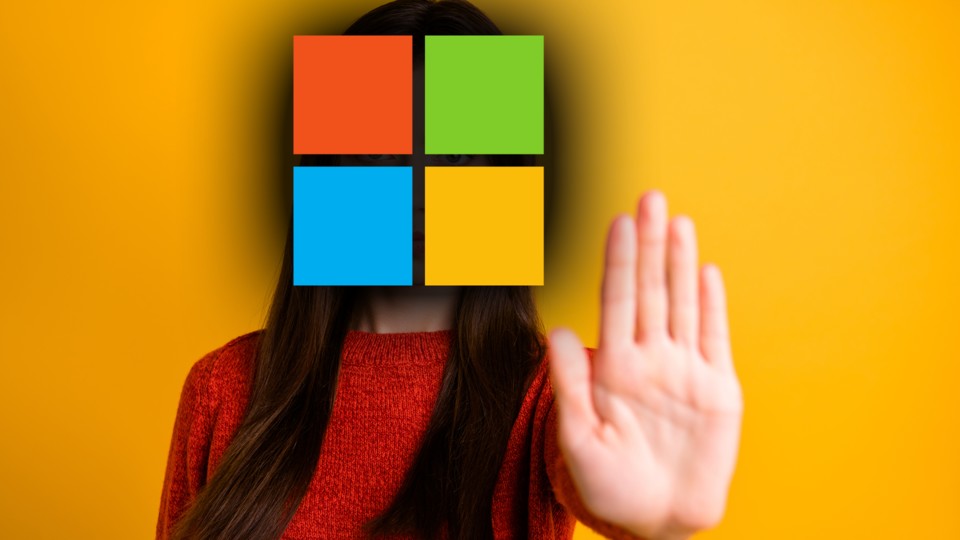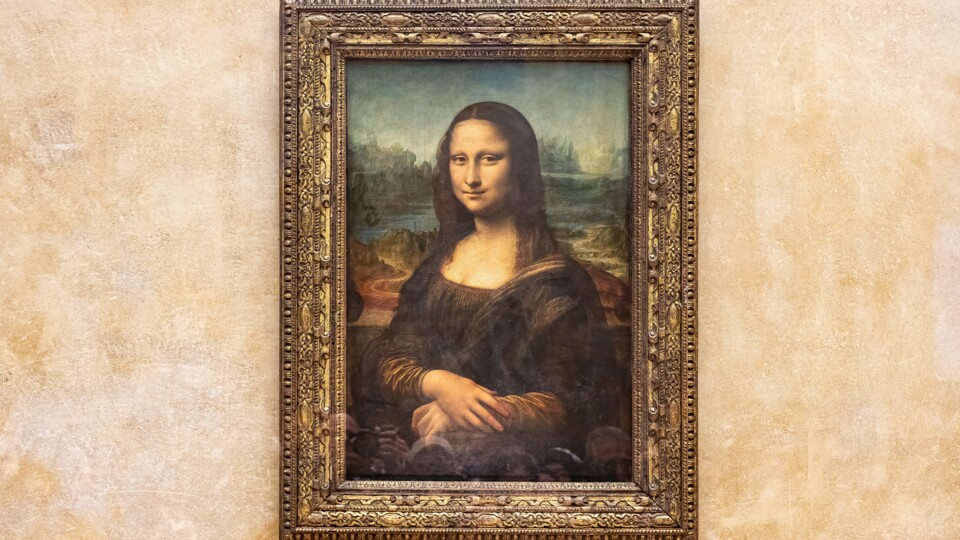
Microsoft thinks: We shouldn't use this tool yet, but does that make sense? (Image: Wikipedia | Adobe Stock – deagreez)
Advertisement
In addition to Copilot, Microsoft is of course also working on other AI projects, like so many other tech companies are doing right now.
But probably no one would have expected them to present a tool and at the same time claim that we won't be able to use it for a while.
That's exactly what's going on now VASA-1 happen, a software that can turn a photo of a person and a short snippet of their voice into a realistic video in which the person says everything you tell them to say.
Why is that important? There are currently many AI tools being brought onto the market that edit, manipulate, animate or generate images or videos. These include OpenAI's Sora, Adobe's Firefly and Midjourney.
Advertisement
Microsoft is the first company to introduce such software and at the same time claim that they want to wait until it can be used “responsibly” before releasing it.
Mona Lisa as a rapper
In detail: The Microsoft Research Asia team has self-described VASA-1 as a technology that creates “hyperrealistic talking facial videos with precise lip-audio synchronization, lifelike facial behavior and naturalistic head movements.”
They show several examples of the images they used and the videos that were created from them.
Rapping paintings: Among other things, Microsoft shows a video of Mona Lisa performing a rap on the announcement website originally performed by Anne Hathaway in 2011when she was a guest on Conan.


0:22
Microsoft lets Mona Lisa rap with new AI tool
Completely perfect is different: In the video of the rapping Mona Lisa and also in the other examples from Microsoft it is clear that you can definitely see that these were originally static images.
In the videos you can see some deformations on the face that shouldn't actually exist. Fragments of images are also noticeable here and there.
However, Microsoft says it is clear about this and makes it clear that the technology is not yet fully developed.
When can we use the AI tool? While the team behind VASA-1 says it is focused on positive uses, Microsoft believes the software can be too easily misused.
“With this in mind, we have no plans to release an online demo, API, product, additional implementation details, or related offerings until we are confident that the technology will be used responsibly and in accordance with applicable regulations.”
Editorial opinion
Jan Stahnke: I am in between.
On the one hand I think it makes sense and is important to use AI tools that are becoming ever faster and more powerful responsibly. After all, there are already various people who use such technologies for less good or even malicious purposes.
So Microsoft is setting an example here and saying: We have the technology, but the right time has not yet come.
on the other hand A crucial question arises in my mind: Why is VASA-1 being presented if it is supposedly not yet ready for the public? I suspect this is a kind of marketing strategy that is intended to do only one thing: generate attention.
But it's not that easy. After all, the rapid progress of AI technologies is considerable and may pose problems for us in the future. Whether by companies or users who use the companies' technologies to harm other people.
Legislators usually come along here and regulate how the technology should be handled, such as the EU's AI Act.
But if there's one thing I'm sure of, it's that technology is already developing much faster than legislators can react.
Responsible use of these technologies is becoming increasingly important and companies would probably do well to think carefully about which tools they release and when.
So does Microsoft just want to lead by example? Or simply generate attention in a market that seems to be announcing the next big thing every day?
When I look at the performance of VASA-1, I suspect the latter, as the technology didn't blow me away as much as OpenAI's Sora did, for example.
Nevertheless: sensible use of AI technologies will be essential in the future.